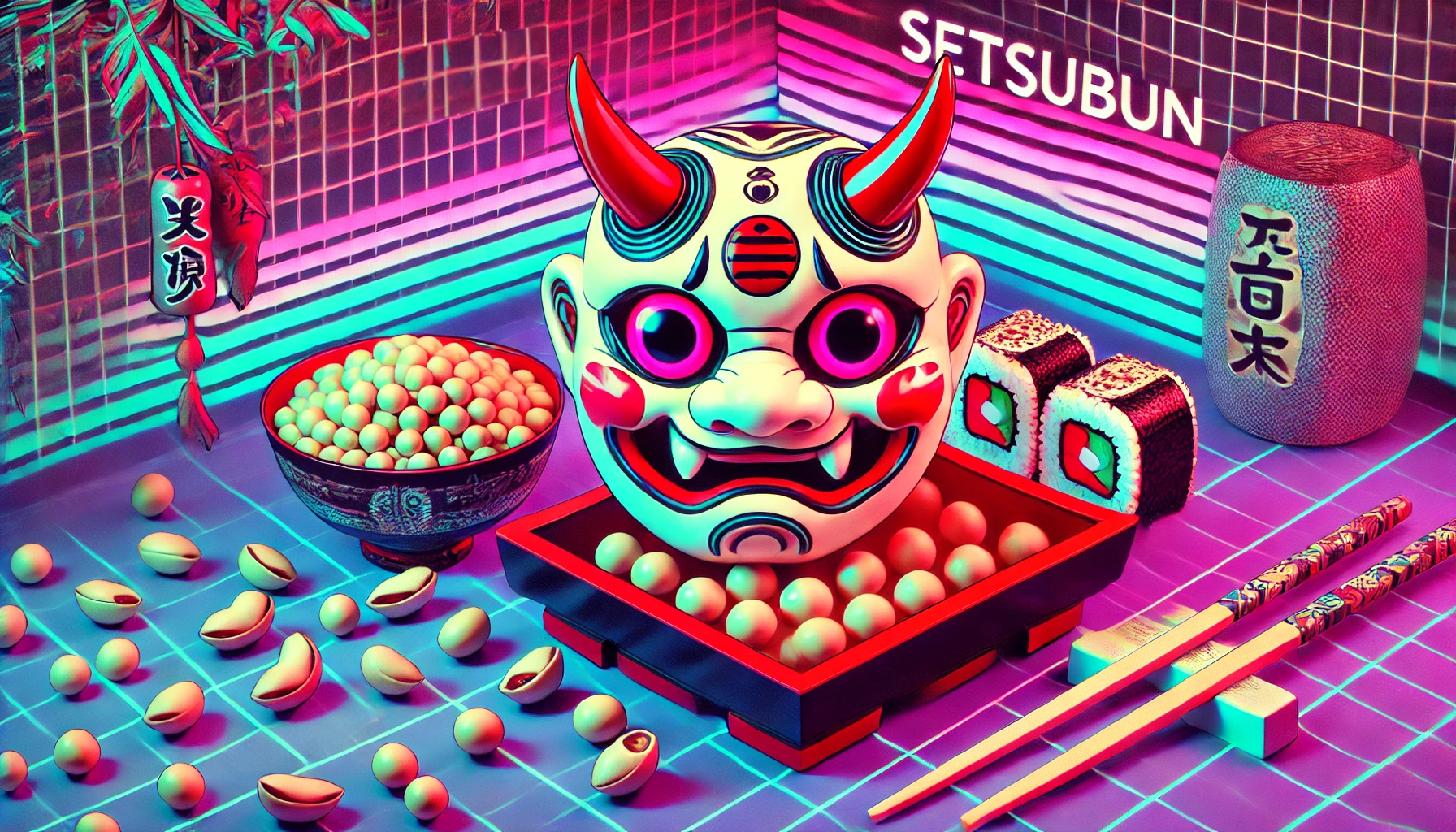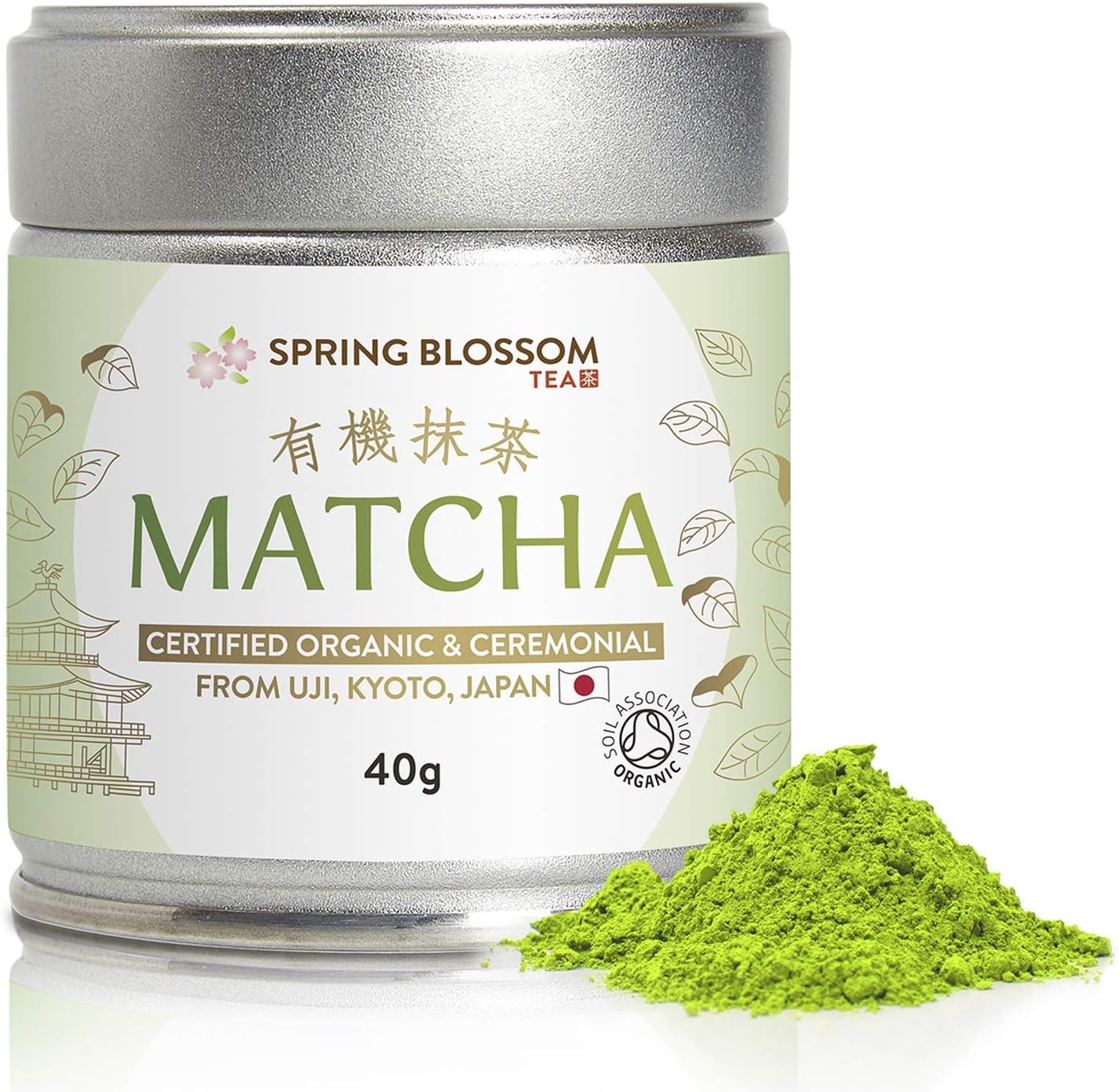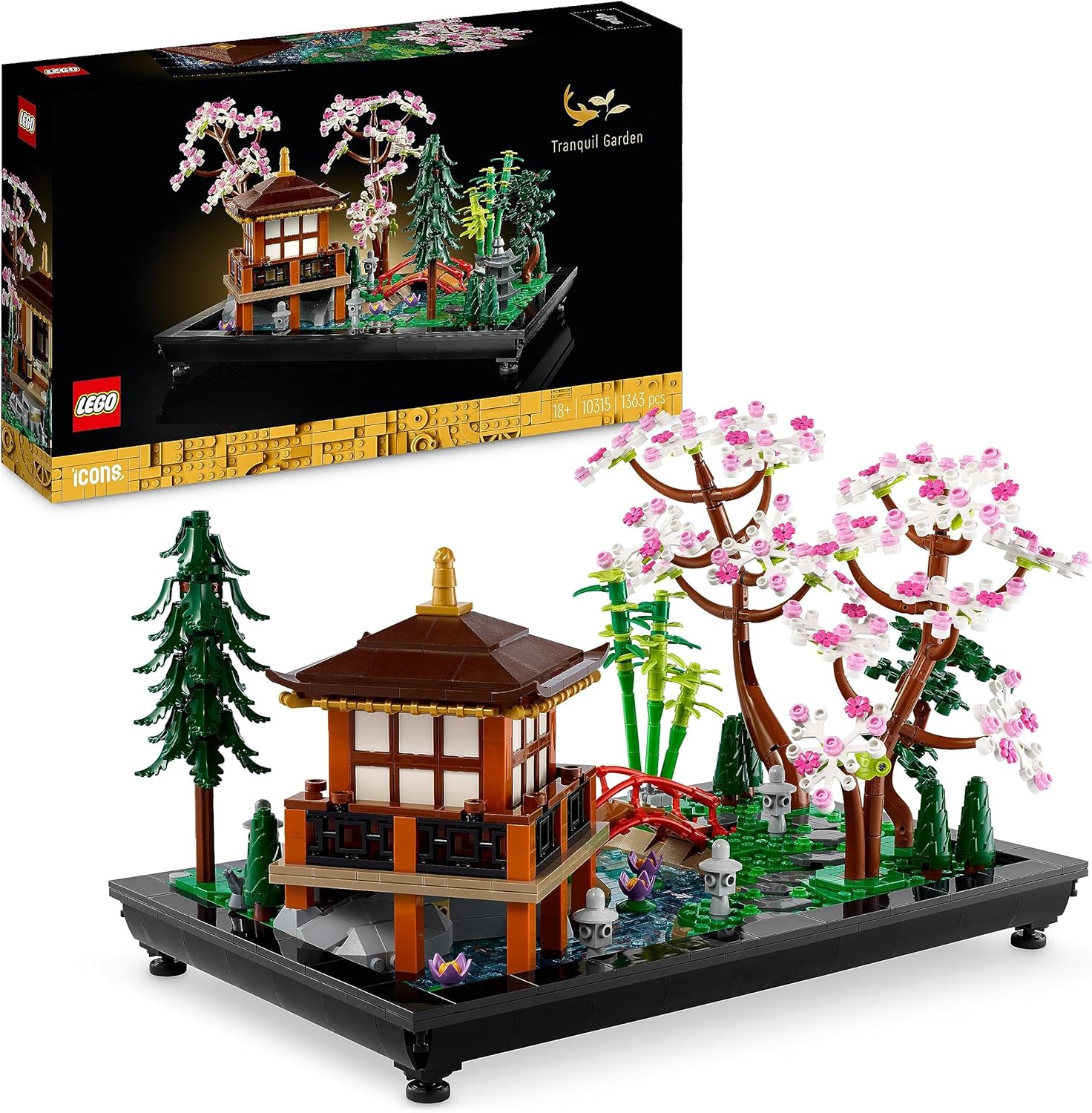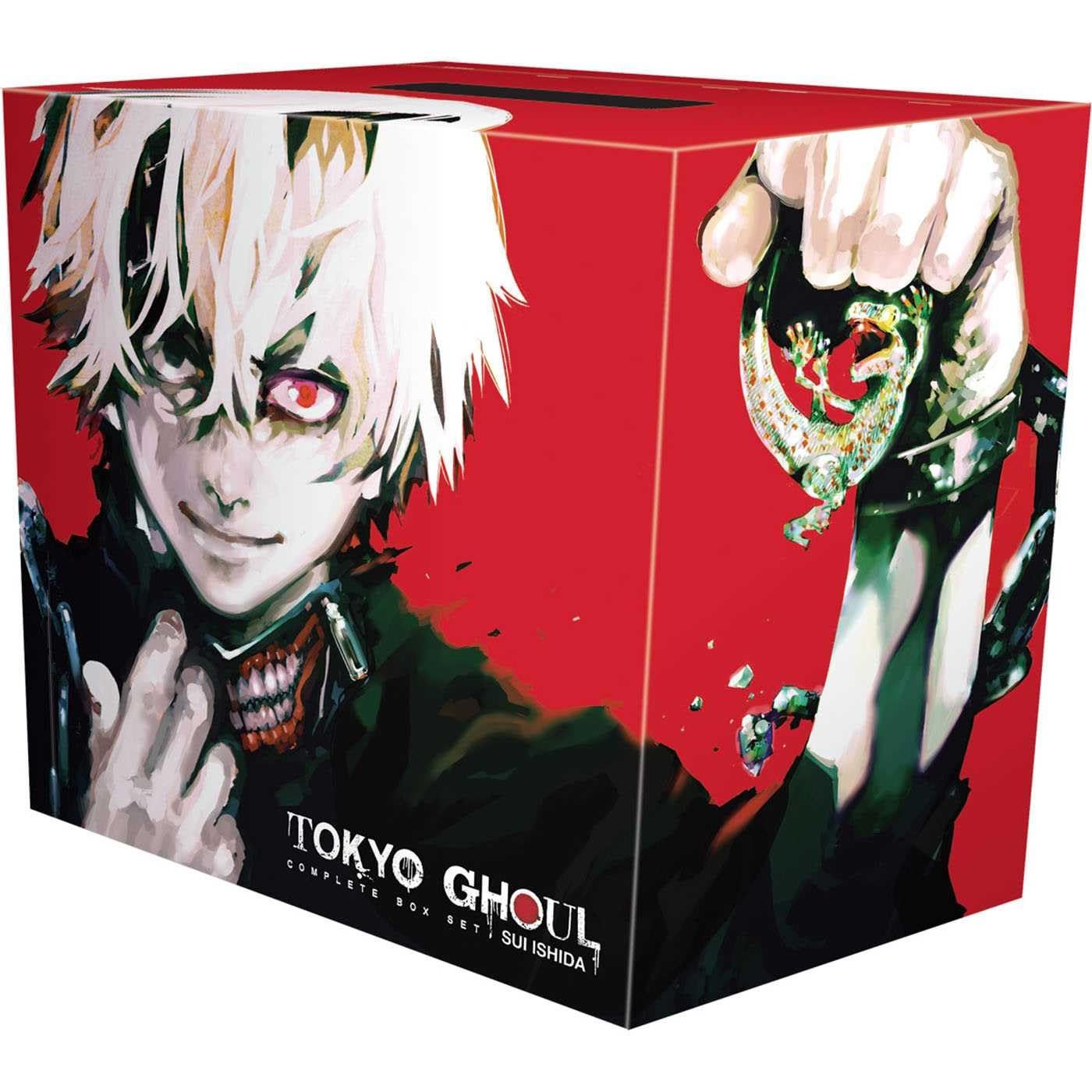Setsubun 2025: How to Celebrate with Kawaii Oni Masks & Japanese Traditions
Posted on: 2025-01-04 | at: 04:09:52
Setsubun (節分) is a fun and exciting festival that happens in Japan every year on February 3rd. It marks the end of winter and the beginning of spring. Setsubun is known for its tradition of throwing roasted soybeans (豆 / まめ / mame) to chase away evil spirits and bring good luck. Let's learn more about this amazing celebration, and how you can join in the fun!
The History of Setsubun
The word Setsubun means "seasonal division" (節 / せつ means season, 分 / ぶん means division). Setsubun has been celebrated in Japan for hundreds of years. It used to mark the changing of seasons, but today it’s mostly celebrated to bring good fortune for the year ahead.
In the past, Setsubun was celebrated on the New Year's Day according to the old Japanese calendar, but now it is fixed on February 3rd to signal the start of spring (春 / しゅん / shun). The main custom of Setsubun is called mamemaki (豆まき), or "bean throwing," which helps to chase away evil spirits and invite good luck (福 / ふく / fuku).
How to Celebrate Setsubun
-
Mamemaki (豆まき) - Bean Throwing
The most important part of Setsubun is mamemaki, where people throw roasted soybeans (まめ) at an oni (鬼, demon) to drive away bad spirits. The saying "Oni wa soto! Fuku wa uchi!" (鬼は外! 福は内!) means “Out with the demons! In with the good luck!” -
Oni Masks (鬼のお面 / おにのおめん)
Oni (鬼) are the demons or ogres in Japanese folklore, often portrayed with red or blue skin and big horns. People often wear oni masks (鬼のお面) to play the role of the demons during mamemaki. You can also make your own cute and kawaii oni mask for a fun DIY project! -
Ehōmaki (恵方巻き)
During Setsubun, it’s common to eat ehōmaki (恵方巻き), a special sushi roll. The sushi roll is large and filled with different kinds of ingredients like cucumber (きゅうり), egg (たまご), and pickled radish (たくあん). To eat it properly, you must face the lucky direction (恵方 / えほう) of the year (this changes each year). No talking is allowed while eating! -
Koshō (香を焚く)
In the past, some people also burned incense (香 / こう / kō) to purify the house and rid it of evil spirits.
Vocabulary to Know
- Setsubun (節分) - The day marking the change of seasons.
- Oni (鬼) - Demon or ogre.
- Mamemaki (豆まき) - The tradition of throwing beans to drive out evil spirits.
- Fuku (福) - Good luck.
- Oni no men (鬼のお面) - Oni mask.
- Ehōmaki (恵方巻き) - Lucky sushi roll eaten during Setsubun.
- Mame (豆) - Roasted soybeans.
- Koshō (香を焚く) - Burning incense for purification.
Fun Ways to Celebrate Setsubun at Home
- Make Your Own Oni Mask! You can easily create your own cute or scary oni mask using paper, markers, and string. Let your creativity shine!
- Host a Mamemaki Party! Gather your friends and family and have fun throwing beans at each other (just make sure you clean up afterward!). You can also pretend to be the Oni and let others throw beans at you.
- Eat Ehōmaki! Find a Japanese store and grab some ehōmaki, or try making your own sushi roll at home. Don’t forget to face the lucky direction!
Why Setsubun is Special
Setsubun is not just about throwing beans; it’s a celebration of family, community, and hope. It’s a time to cleanse your home of bad energy and invite good fortune for the year ahead. Whether you’re in Japan or celebrating from abroad, you can still join in the fun and enjoy the magical spirit of this kawaii festival!
Final Thoughts
Now that you know more about Setsubun and its traditions, you can start planning your celebration with oni masks, mamemaki, and ehōmaki! It’s a fun way to embrace Japanese culture and learn more about the unique customs that make Japan so special. Happy Setsubun, and may you have a year full of luck (福) and happiness!
Useful Vocabulary List
- 節分 (Setsubun) - Seasonal division
- 鬼 (Oni) - Demon
- 豆 (Mame) - Bean
- 恵方 (Ehō) - Lucky direction
- 恵方巻き (Ehōmaki) - Lucky sushi roll
- お面 (Omen) - Mask
- 福 (Fuku) - Good luck
- 香 (Kō) - Incense
- 春 (Shun) - Spring
- 豆まき (Mamemaki) - Bean throwing
By incorporating fun words and traditions, this post introduces the spirit of Setsubun while making it easier for your audience to learn Japanese along the way!
What do you think? Would you like to add or adjust anything?


